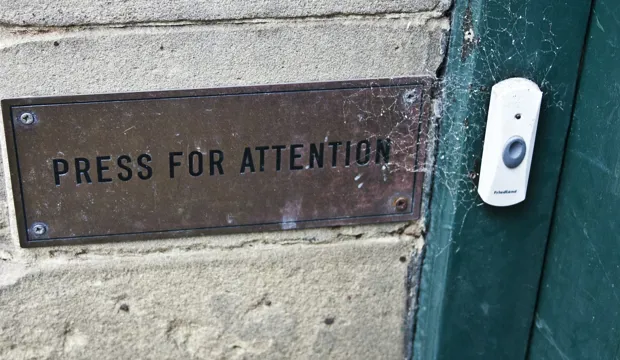
Homemade drum and earmuffs
Making drums and earmuffs from different materials, to test the amount of noise they make and dampen
In this engaging STEM activity learners will develop their knowledge and understanding of sound. They will learn how to make a homemade drum using different materials and test how each material affects the sound. They will learn how to make a homemade set of earmuffs using different materials and test how well each material dampens the sound.
Musical instruments bring joy and entertainment to millions of people in the world every day, but do you know how they work? Let’s find out!
Activity: Homemade drum and earmuffs
This is one of a set of free STEM resources developed to support the teaching of the primary national curriculum. They are designed to support the delivery of key topics within maths and science. This resource focuses on making a DIY drum and set of earmuffs, using different materials to investigate their effects on sounds.
This activity could be used as a main lesson activity to develop knowledge and understanding of how sound works, or as part of a wider scheme of learning focusing on sound and musical instruments.
This activity could be carried out as individuals or in small groups. This lesson can result in a high volume of sound in the classroom, which can be partially reduced by working in teams.
An optional extension could be for students to decorate the drum and earmuffs to personalise them and add visual appeal.
This exercise will take approximately 70 – 90 minutes.
Tools/resources required
- Container, bowl or bucket for the drum body
- Different materials for the drum skin, such as plastic bags, tissue paper, normal paper and assorted fabrics
- Drumsticks (pieces of wood or pencils could be used instead)
- Strips of card
- Scissors
- Different materials for the earmuffs, such as cotton wool, cardboard, foam or polystyrene
- PVA glue, glue sticks and/or sticky tape
The engineering context
Sound engineers try to ensure that music is recorded in a way that produces good results for the listener. It is extremely important that they understand how sound is both created and dampened, and which materials work well for this.
An understanding of how sound is both created and dampened is vital to the development of products for the music industry. For example, musical instruments, earphones, speakers, and portable music players.
Suggested learning outcomes
By the end of this fun STEM project students will be able to make a drum and test the amount of noise made and a set of earmuffs that test how well they dampen sound. Finally, they will be able to investigate the effects of different materials on sound.
Download the free Homemade drum and earmuffs activity sheet below!
All activity sheets and supporting resources are free to download, and all the documents are fully editable, so you can tailor them to your students’ and your schools’ needs.
The activity sheet includes teacher notes, guidance, useful web links, and links (where appropriate) to the national curriculum in each of the four devolved UK nations; England, Northern Ireland, Scotland and Wales.
Please share your classroom learning highlights with us @IETeducation.




